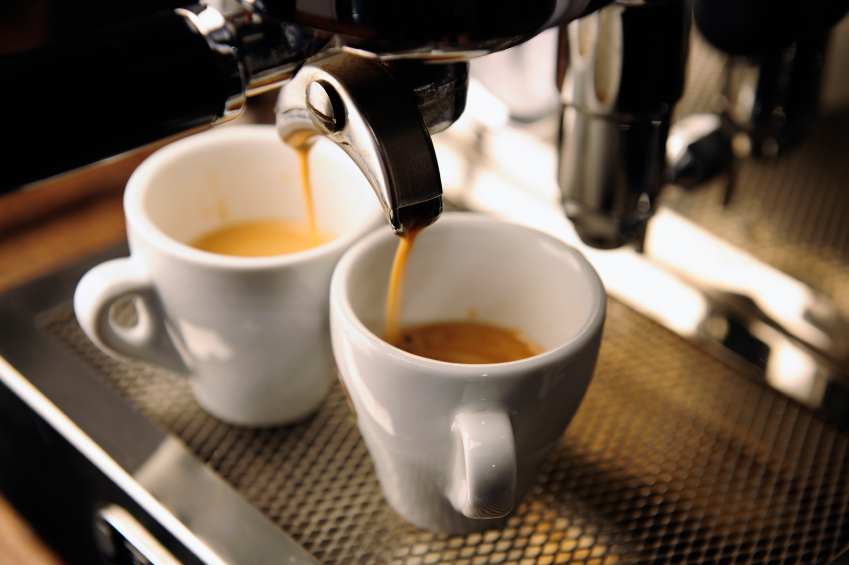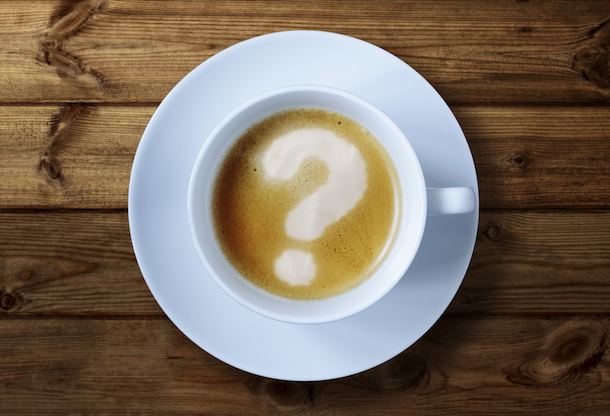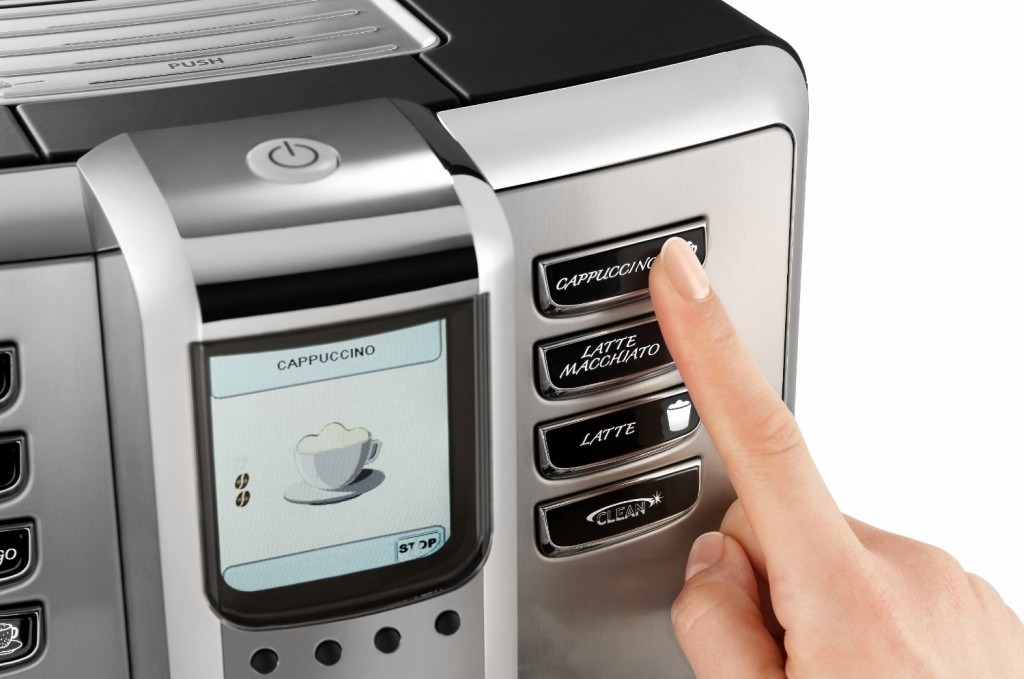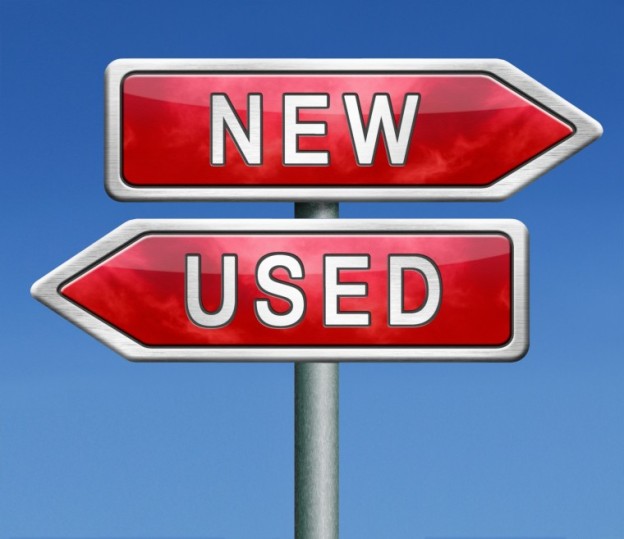If you’re an avid espresso drinker, chances are you’ve heard about Moka pots or espresso makers before. Mokas are very popular recently, but they’re not a new concept by any means. In fact, if you enjoy the rich flavor of a truly authentic espresso like the kind you would drink in the heart of Naples or Rome, chances are a Moka pot was used to brew your shot.
What is a Moka Pot?
Patented in 1933, a Moka pot is more about the way the pot brews coffee than its look. Invented by Luigi di Pointi, these pots make coffee or espresso in a unique way. Let’s take a look:
- Water is placed in the bottom portion of the pot.
- Grinds are held in the middle of the pot.
- The upper chamber is kept empty.
From here, the bottom water will start to boil when on the stove and water will be pressurized by the steam. This pressure causes water to be forced into the filter and up through the top chamber of the pot.
Luigi’s creation would be mass-produced by Alfonso Bialetti, owner of the famous Bialetti brand.
There are stovetop versions as well as electric Moka pots.
Why is the Moka Pot So Popular?
This is a very good question. To fully understand, you need to know that when the Moka was created, in the 1930s, espresso was not brewed in a person’s house. This was a drink that had to be purchased at a coffee house.
Originally aluminum, now available in stainless steel, the Moka allowed people to brew espresso in their home during the economic downturn in the 1930s.
The true “hype” of the Moka is not new to Europe, but it is new to other parts of the world.
Why? The truth lies in our culture. People believe that European espresso, mainly Italian espresso, is some of the best in the world. The Moka pot is a way to bring this tradition into homes all over the world. Does it taste better? That is up for debate. Many people swear by Moka stovetops, and others believe they have a metallic taste.
It’s a personal preference.
Flavor also plays a big role in the Moka’s popularity. When brewed properly, the Moka will produce a fuller body, nuanced flavor of espresso.
There are also a few price benefits of this style of espresso maker:
- The non-electric versions last for years, or decades.
- There’s no need to buy a new filter as the stainless steel filters last years.
When talking about the actual brewing process, the Moka is more hands-on than other espresso makers. The “proper” method of brewing, according to baristas, is done by:
- Boiling water in a teapot.
- Placing the water in the bottom chamber of the Moka.
- Filling the filter with coffee (never tamp).
Then, you simply put the pot on the stove and wait for the espresso to fill the top chamber. It’s very important not to tamp the coffee grinds. Instead, add more grinds if you prefer a stronger, bolder flavor.




